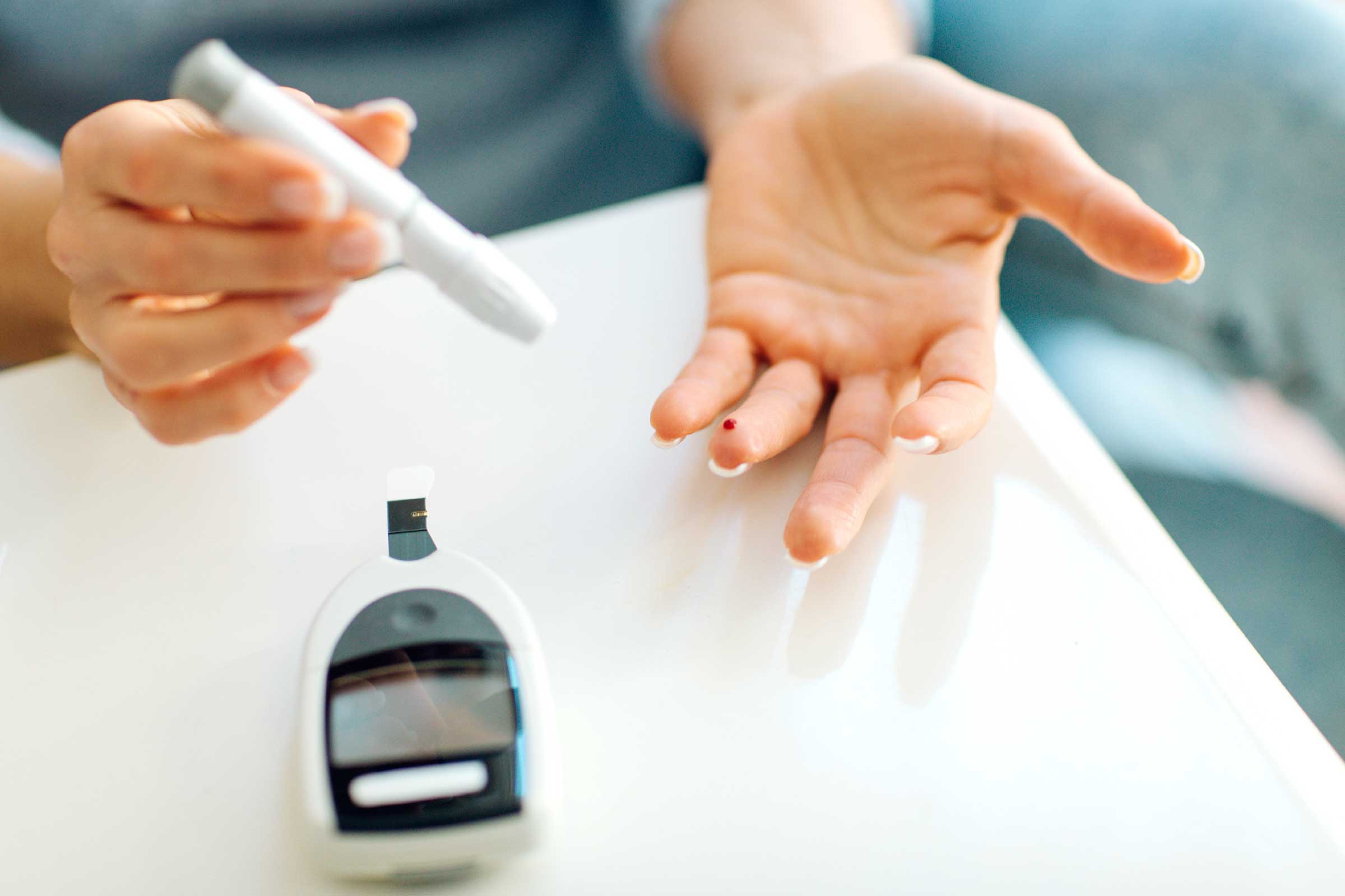Contents:
Medical Video: Diagnostic Cerebral Angiography
Definition
What is cerebral angiography?
Angiography of the head and neck is an X-ray test that uses special dyes and cameras (fluoroscopy) to take pictures of blood flow in the head and neck veins. Head angiography (cerebral angiogram) can be used to see a blood vessel or four artery (four-vessel study) that brings blood to the brain.
When should I undergo cerebral angiography?
Not all patients with arterial blockages need to do cerebral angiography because the test is invasive and has several risks. It is usually done only after a non-invasive test if your doctor needs more information to plan your treatment.
Cerebral angiography can help diagnose:
- aneurysm (broken on the arterial wall)
- arteriosclerosis (narrowing of the arteries)
- arteriovenous malformations
- vasculitis (inflammation of blood vessels)
- tumor
- blood clots
- injury to the arterial lining
Cerebral angiography can also help your doctor find out the causes of certain symptoms, including:
- severe headache
- memory loss
- talking is not clear
- dizzy
- blurred or double vision
- limp or numb
- loss of balance or coordination
Prevention & warning
What should I know before undergoing cerebral angiography?
A magnetic resonance angiogram (MRA) or computed tomography angiogram (CTA) can be an option instead of an angiogram. Each of these tests is not too invasive compared to a standard angiogram. For people who have kidney problems, diabetes, or dehydration, preventive measures are needed to avoid kidney damage. Reducing dyes can be used or more fluids can be given before, during, and after the test. If you have a history of kidney problems, other blood tests (creatinine, blood urea nitrogen) can be done before an angiogram to make sure your kidneys are working properly.
In rare cases, surgery may be needed to repair a hole in the vein where the catheter is placed.
Process
What should I do before undergoing cerebral angiography?
Before performing an angiogram, tell your doctor if you:
- allergic to shellfish or iodine substances
- have a history of bleeding problems
- have an allergic reaction to dye X-ray contrast or iodine substances
- there is the potential for being pregnant
Do not eat or drink for 4 to 8 hours before the angiogram. You may be asked not to use aspirin, aspirin products, or blood thinners for several days before the examination and for 1 day after the examination. If you use these drugs, talk to your doctor. The test will take several hours, so you should urinate before the examination begins
Talk to your doctor if there are concerns regarding the importance of the test, risk, implementation process, and purpose of the results of this test.
What is the cerebral angiography process?
You may be infused with the arm so the doctor can give you medicine or liquid if needed. A device called a pulse oximeter, which functions to measure the level of oxygen in the blood, will be inserted into your finger or ear. Small discs (electrons) are placed on your arms, chest, or legs to record heart rate and rhythm.
You will lie on your back on the X-ray table. A rope, bandage, or sand bag might be used to keep you stationary. The doctor will sterilize your groin. The doctor will insert the catheter through your blood vessels and go into the carotid artery, which is in your neck. Contrast dye will flow through the catheter into the artery, where it will then move into the blood vessels in your brain. You will feel warm when contrast dye flows in your body. Then some X-ray imaging of the head and neck will be taken.
After that, the battery will be removed and sewing will be carried out on the injected part. The whole procedure takes between one and three hours.
What should I do after undergoing cerebral angiography?
Angiogram takes about one and two hours. Bandages will be wrapped around the injected area. You will be given pain medication if needed. If the container is placed in the groin area, try to keep the legs straight for 8 hours. The doctor will tell you specific instructions after the test is complete. You can use an ice pack on the infused part to relieve pain and swelling. You can usually go straight home, although in some cases you will be asked to spend the night in the hospital. You might have a bruise on the part where the cartridge is inserted. You can drink plenty of fluids to remove the dye from the body unless the doctor says otherwise.
If you have questions relating to the process of this test, consult your doctor for a better understanding.
Explanation of Test Results
What do the test results mean?
| Head and neck angiogram | |
| Normal: | Normal blood vessels in terms of size, shape, placement, and number |
| Dyes flow evenly through blood vessels | |
| There is no visible narrowing, blockage, or other problems in the arteries | |
| Abnormal: | There is a narrowing point in the arteries indicating that fat deposits, calcium deposits, or clots reduce blood flow in the arteries |
| Blood vessels not in the normal position can indicate tumors or other growths that encourage them | |
| Lumps in blood vessels show weakness in blood vessel walls (aneurysm) | |
| Abnormal patterns in blood vessels indicate a tumor | |
| The dye coming out of the blood vessels indicates a hole in the blood vessel | |
| There is abnormal branching of blood vessels from birth (congenital). | |
Hello Health Group does not provide medical advice, diagnosis or treatment.











